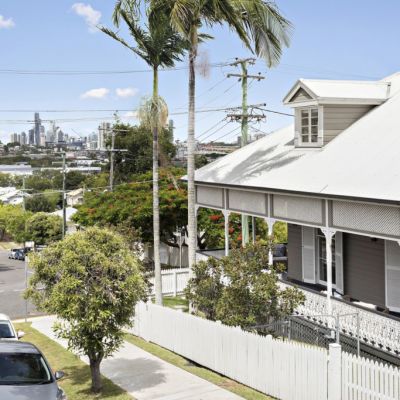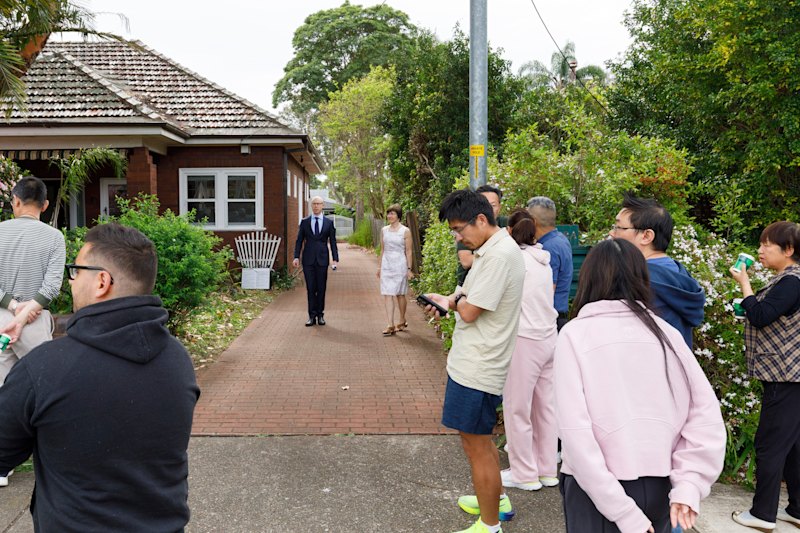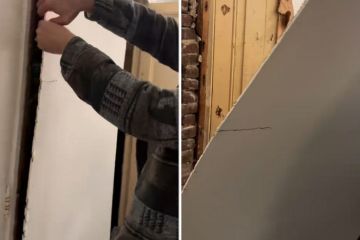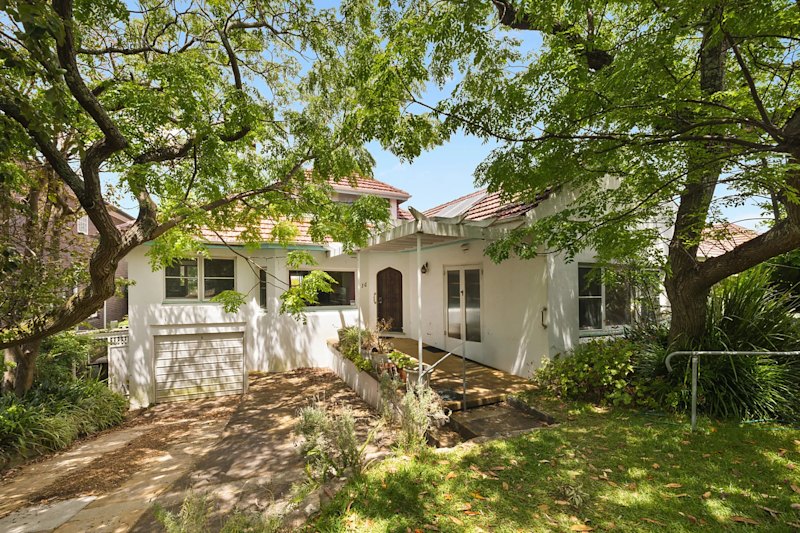Will property still be overpriced after house prices have fallen?
Price falls forecasted by Australian banks would only bring property prices back to last year’s levels in Sydney and Melbourne, and would do little to address affordability, experts say.
Westpac predicted earlier in the year that prices could come back 10 per cent from their peak, which Domain senior research analyst Nicola Powell said would only take prices back to 2019.
“It seems significant but it’s only pulling prices back to March and June 2019,” she said. “It does aid affordability. But that still makes for a median above $1 million in Sydney.
“Even though it’s improved affordability, prices are still pretty unattainable.”
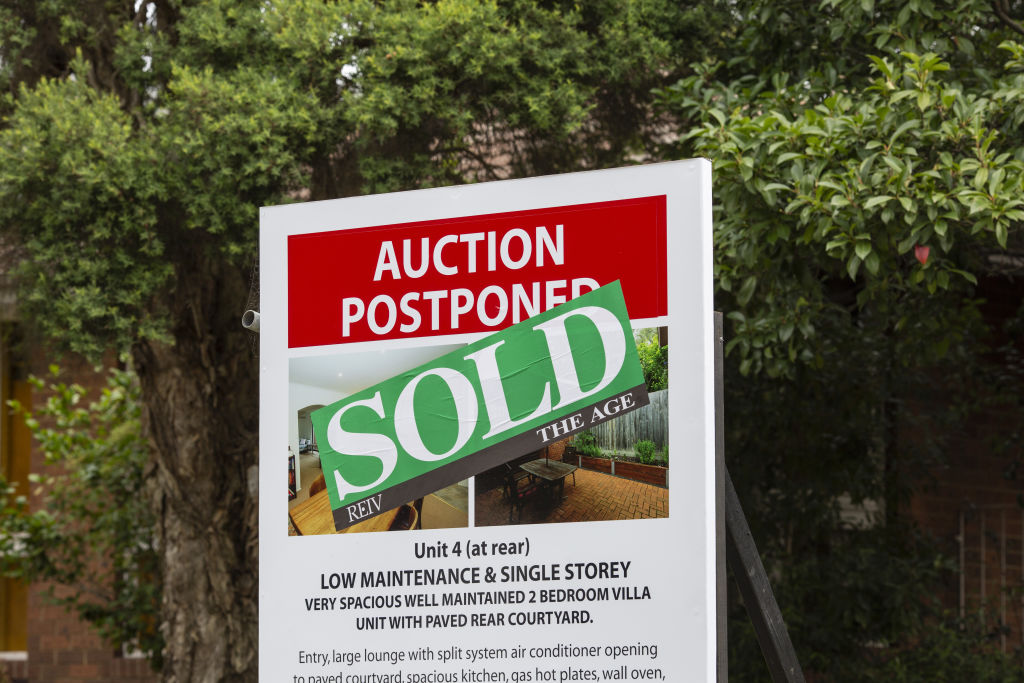
Dr Powell said Sydney in particular could still be considered to be overpriced.
With a 10 per cent fall in house prices, its median would fall to $1.05 million, which was where it was last June, Dr Powell estimated.
In Melbourne it would go to $822,000, which was where it was in March 2019.
“One million dollars for a first-home buyer is still significant,” she said. “It’s not going to address affordability issues in the major cities, but it takes the sting out.”
| Sydney | Melbourne | |
| Median house price pre-COVID-19 (March 2020) | $1,165,993 | $913,277 |
| Median house price during COVID-19 (June 2020) | $1,143,012 | $881,369 |
| Median house price with a 10% fall from pre-COVID-19 (March 2020) | $1,049,394 | $821,949 |
Source: Domain
Grattan fellow Brendan Coates said price falls were the only thing that would make homes more accessible.
“Housing doesn’t become more affordable unless prices fall,” he said. “It would make it more affordable for younger Australians provided they kept their jobs.
“You would imagine you would see more first-home buyers and fewer investors getting into the market.”
Industry Super Australia chief economist Stephen Anthony said properties in Sydney and Melbourne were still overvalued despite the falls and an unclear market outlook.
“You have to separate the rest of the Australian market from Sydney and Melbourne,” he said. “The other markets are closer to fundamentals.
“Sydney and Melbourne have been driven by uber-easy monetary policy and a high number of temporary visa holders.
“The high imported temporary labour story won’t be present in the market for some time so that takes a lot of effervescence out of the market.”
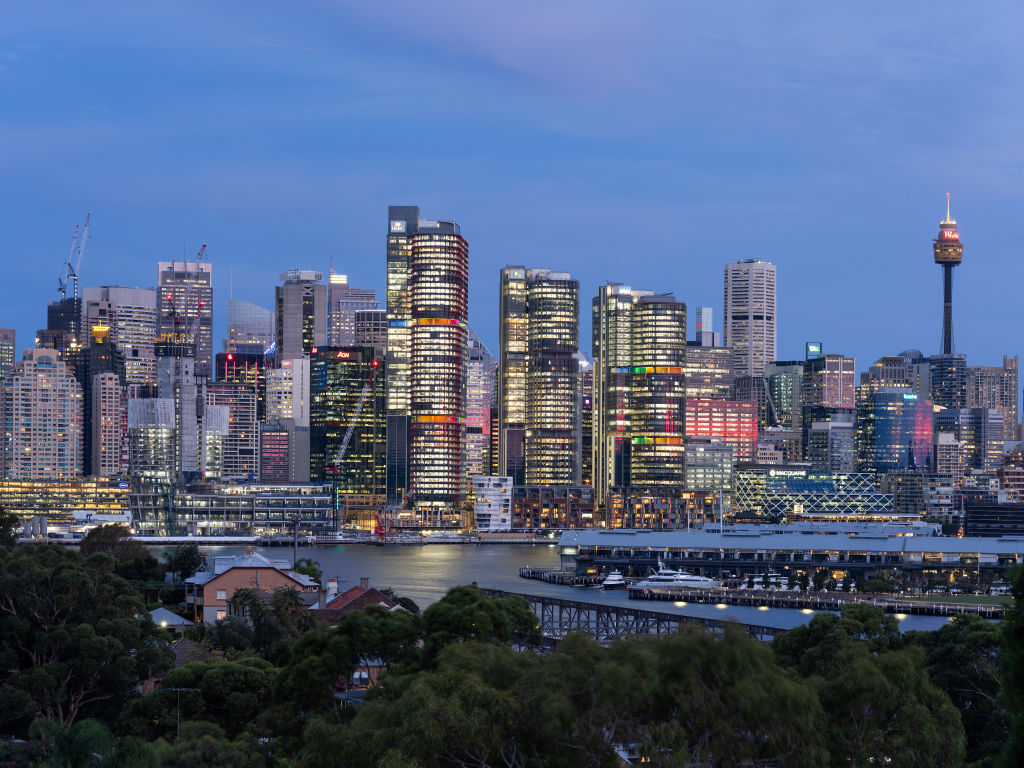
St George chief economist Besa Deda said the real hope for affordability would come from the decentralisation of offices.
“There’s a bit of a divide opening up, inquiry for regional areas is growing when compared to the outer areas of the capital cities,” she said.
“Because those areas are more affordable and they have a good lifestyle, and if you’re in the middle of a pandemic you feel safer.
“That changes the demand dynamic [and] makes states like South Australia more attractive as well.
“[For example] we’ve seen prices in South Australia not softening like in Sydney and Melbourne.”
Ms Deda was also concerned would-be home owners might not feel like now was the best time to make a purchase.
“The problem for households is that they’re still facing high unemployment,” she said. “And it’s likely to stay sticky and elevated above 6 per cent, which will impact people’s perception of job security.”
Mr Anthony said the outlook for prices in major cities was difficult to ascertain, given the big shifts in demand dynamics. He said it was even possible to see prices jump post-pandemic.
“We know where we’ve come from but we don’t know to what extent we’ll continue with temporary visa holders and the international student market,” he said. “We don’t know the extent to which people will flock to our large cities.
“We need to see what the new norm is in 2021 and beyond, regarding the previous market drivers.”
Because of the relatively large cohort of workers who had managed to keep a job and had been saving cash through the lockdown, prices could go the other way, he said.
“There’s a bit of pent-up demand there as well,” he said. “There’s some issues there about the likely bounce-back in markets.”
We recommend
We thought you might like
States
Capital Cities
Capital Cities - Rentals
Popular Areas
Allhomes
More
- © 2025, CoStar Group Inc.


